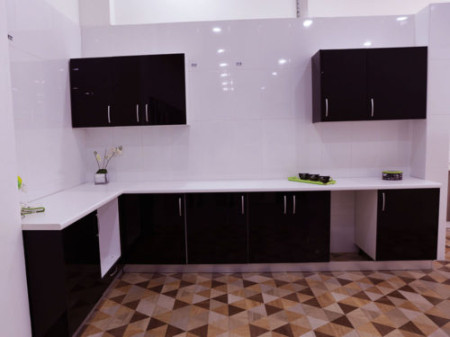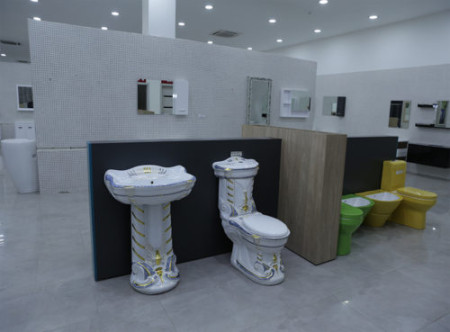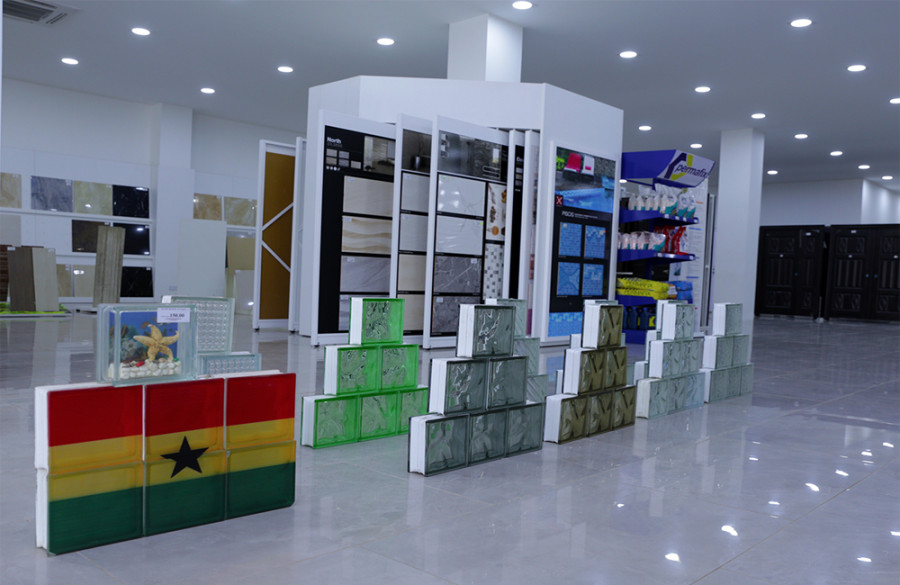Welcome to our home design website, where creativity meets functionality. Here at my blog, we are passionate about palace home decor transforming spaces into personalized sanctuaries that reflect your unique lifestyle. Whether you’re envisioning a modern oasis, a cozy cottage retreat, or a sleek urban loft, our team of talented designers is dedicated to bringing your dreams to life. Explore our portfolio, discover inspiring trends, and let us guide you through the exciting journey of crafting a space that is as beautiful as it is functional. Together, we’ll create a home that truly embodies your style and aspirations.
The Throne Room, the heart of a palace, is a space steeped in history, power, and unparalleled grandeur. It’s a place where monarchs have been crowned, treaties signed, and empires governed. A single glance at this majestic chamber can transport you to a bygone era, a time of regal splendor and absolute authority.
A Symphony of Architectural Grandeur
The architecture of a Throne Room is often a breathtaking blend of styles, reflecting the tastes and aspirations of the reigning monarch. From the Gothic grandeur of medieval European palaces to the opulent Baroque interiors of 17th-century Versailles, each Throne Room is a unique masterpiece.

Soaring ceilings adorned with intricate frescoes, massive chandeliers casting a warm glow, and ornate columns supporting the weight of history – these are the hallmarks of a truly regal space. The use of rich materials like marble, gold leaf, and precious woods further enhances the room’s luxurious ambiance.
A Seat of Power and Symbolism
At the center of every Throne Room lies the throne itself, a symbol of the monarch’s authority and divine right to rule. Crafted from the finest materials and adorned with precious gems, the throne is a work of art in its own right. Its design often reflects the cultural and historical context of the monarchy, incorporating elements of mythology, heraldry, and religious symbolism.

The throne is typically raised on a dais, emphasizing the monarch’s elevated status. Behind the throne, a canopy or baldachin may be suspended, further highlighting the ruler’s importance. The surrounding walls are often adorned with tapestries, paintings, and mirrors, creating a visually stunning backdrop for the monarch and their court.
Ceremonies and Rituals
The Throne Room is the stage for a variety of ceremonies and rituals, each imbued with its own significance. From coronations to royal weddings, these events showcase the pomp and circumstance of the monarchy. The room’s grandeur provides the perfect setting for such occasions, reinforcing the majesty and power of the ruling family.

During these ceremonies, the Throne Room is often filled with a dazzling array of colors, sounds, and scents. The rich fabrics of the royal garments, the gleam of gold and silver, and the fragrance of exotic flowers combine to create a sensory feast. The music of court musicians, the chanting of priests, and the applause of the assembled guests add to the festive atmosphere.
A Glimpse into the Past
Visiting a Throne Room is like stepping back in time. It allows us to appreciate the artistry, craftsmanship, and cultural significance of these historic spaces. By exploring the architectural details, examining the symbolism, and imagining the ceremonies that once took place within its walls, we can gain a deeper understanding of the past.

Whether it’s the opulent grandeur of the Palace of Versailles or the understated elegance of Buckingham Palace, each Throne Room tells a unique story. By preserving these magnificent spaces, we can ensure that future generations can continue to be inspired by the timeless beauty and enduring power of the monarchy.
Imagine a bathroom so grand, it could rival a palace hall. This is the reality for many royals throughout history. While the specifics varied across cultures and eras, royal bathrooms were consistently designed to be opulent, functional, and often, a symbol of power.
In ancient Rome, the elite class indulged in elaborate bathhouses. These public spaces, often adorned with stunning mosaics and sculptures, offered a range of bathing experiences, from steam rooms to cold plunge pools. Roman emperors, like Nero and Hadrian, even had private bath complexes within their palaces, complete with heated floors, intricate plumbing systems, and stunning frescoes.

The medieval period saw a shift towards more private bathing practices. However, royal bathrooms still maintained a sense of luxury. Castles and palaces featured bathing chambers, often with ornate tiles and stained-glass windows. Water was heated in large cauldrons, and bathing was a communal activity, with servants assisting the royal family.
The Renaissance brought about a renewed interest in classical culture, and royal bathrooms became even more sophisticated. Italian Renaissance palaces, such as the Pitti Palace in Florence, boasted opulent bathing rooms with marble basins, intricate mosaics, and frescoed ceilings. The use of mirrors, often imported from Venice, added a touch of glamour to these spaces.
In the Baroque era, royal bathrooms reached new heights of extravagance. The Palace of Versailles, for example, is home to numerous lavish bathrooms, including the Queen’s Bath, which features marble walls, gilded mirrors, and a stunning chandelier. The use of water features, such as fountains and cascades, added to the sensory experience.

While the focus on hygiene and sanitation increased in the 19th century, royal bathrooms continued to be symbols of wealth and status. Victorian palaces, such as Buckingham Palace, featured large, luxurious bathrooms with ornate fixtures, marble basins, and heated towel rails. The use of colorful tiles and intricate mosaic patterns added a touch of elegance to these spaces.
In the 20th century, royal bathrooms evolved to reflect changing tastes and technologies. Art Deco and Modernist influences can be seen in the design of royal bathrooms from this period. For example, the bathrooms at the Palace of Westminster, home of the British Parliament, feature sleek, minimalist designs with chrome fixtures and geometric patterns.
Today, royal bathrooms remain private spaces, offering a glimpse into the lives of modern royalty. While specific details about contemporary royal bathrooms are often kept confidential, it’s clear that they continue to be luxurious and functional spaces. From heated floors and state-of-the-art plumbing to stunning views and private gardens, royal bathrooms are a testament to the enduring allure of opulence and comfort.
As you conclude your journey through our palace home decor home design website, we hope you feel inspired and empowered to embark on your own design ventures. We believe that every home should tell a story one that reflects the personalities and aspirations of its inhabitants. Whether you’re seeking innovative solutions for small spaces or grand transformations for expansive residences, our commitment to excellence and attention to detail remain unwavering. Contact us today to begin your design journey with a team dedicated to making your dream home a reality. Let’s collaborate and transform your vision into a beautifully crafted space that you’ll cherish for years to come.



